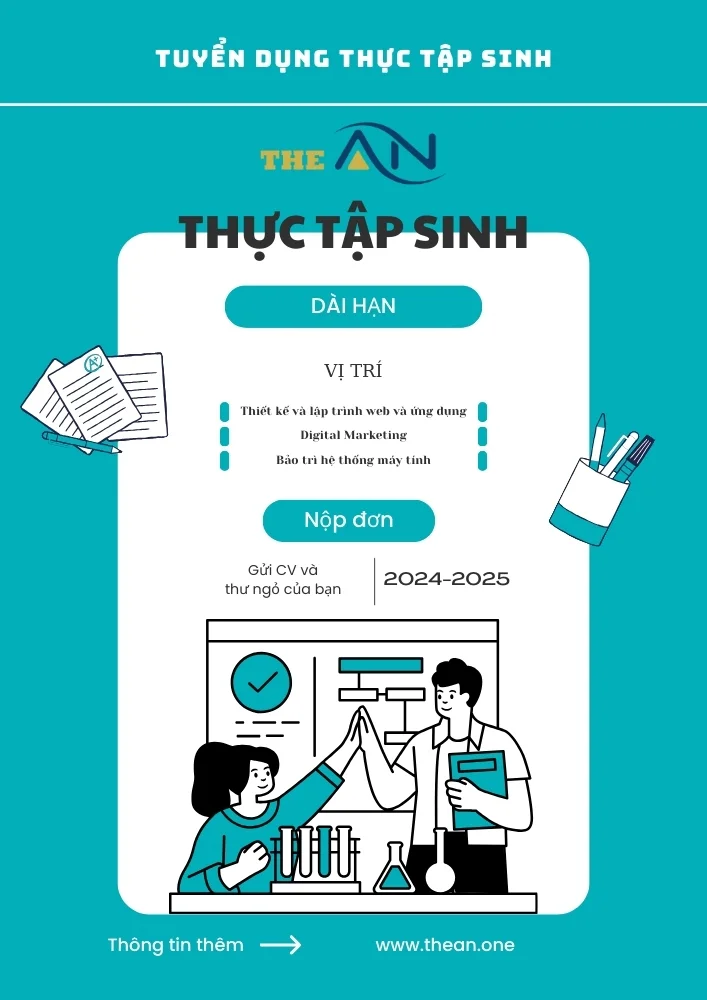Pronoun Definition – Rules and Types of Pronouns

A strong command of Grammar is essential for Candidates for Competitive exams. So, concentrating on pronouns can also be quite beneficial as pronouns are one of the strongest and most important parts of speech.
We will talk about the different types of Pronouns and their usage & rules in this article.
What is a Pronouns?
Pronouns are words that are substituted for nouns or noun phrases. It is employed to prevent the noun from being repeated. Pronouns must match the number and gender of the noun. Examples of pronouns: she, he, it, they, them, etc.
Look at the sentences below:
- Radhika is in her room. She might be sleeping now. (Here the highlighted word is a pronoun used in place of the noun Radhika.)
- Shyama is absent today because Shyama is ill. (The above sentence can be rewritten as- Shyama is absent today because she is ill. To avoid repeating the use of the Noun Shyama, we have used a Pronoun she in its place.)
Types of Pronouns
Pronouns may be classified into different types based on their functions. Given below we discuss the various types of pronouns with examples.
Interrogative Pronouns
The pronouns that are used for nouns to ask questions are called interrogative pronouns.
Examples: Who, what, which, whose, whom etc.
Examples in sentences:
- Ram did the work. => Ans : Who did the work?
- Rohit met with his girlfriend. => Ans : Whom did Rohit meet?
- This is her pen. => Ans : Whose pen is this?
Reflexive Pronouns
The pronouns that is used to emphasis the personal pronouns is called Reflexive pronoun.
Examples: Myself, ourselves, himself, themselves, yourself etc.
Examples in sentences:
- I can create it myself.
- He killed himself with a knife.
Personal Pronouns
Personal pronouns are the pronouns that are used in place of nouns referring to proper names.
Examples: I, we, you, she, he, it etc.
Examples in sentences:
- Ram is a good boy. He reads in class ten.
- Ram, Shyam and Sita are playing in a field.
=> Ans: They are playing in a field. [Here the pronoun "They" is used in place of "Ram, Shyam and Sita"]
Possessive Pronouns
The pronouns that are used to show possession are called possessive pronouns.
Examples : Mine, yours, hers, theirs, its etc
Examples in sentences :
The stage is yours.
Indefinite Pronouns
To refer to things or people in a general way, indefinite pronouns are used. They don’t identify anyone specific.
Examples: Some, few, all, many, one, everyone, everybody, anybody, anyone, either, neither etc.
Examples in sentences:
- All are present here.
- Many of them were badly injured in a recent road accident.
- One must obey to one’s teacher.
Distributive Pronouns
Distributive Pronouns are used to indicate all the members of a group separately. These pronouns refer to individual members one at a time.
Examples : Each, every, none, anyone, either, neither etc.
Examples in sentences :
- Each of boys has received his marksheet.
- None can do it.
Reciprocal Pronouns
When two people are carrying out or have carried out an action and both have benefitted from it or have experienced the same consequences, then it is called Reciprocal pronoun.
Examples: Each other and one another etc.
Examples in sentences:
- Ram and Sita love each other.
- Four brothers fight one another.
Demonstrative Pronouns
The words that are used for nouns to point out specific objects are known as Demonstrative pronouns.
Examples: This, that, these, those etc.
Examples in sentences:
- This is my house.
- That is his book.
Relative Pronouns
When we want to join a noun/pronoun with a clause or phrase, relative pronoun is used at that time.
Examples : Who, which, that, whose, whom etc.
Examples in sentences :
- Where did you purchase the watch that you wore yesterday?
- The boy who won the marathon race is my brother.
Rules of Pronouns
Pronoun is an important topic for all competitive exams. Standard and tricky questions are asked in competitive exams in the form of fill in the blanks or incorrect statements from this topic. So it is very important for aspirants to know the rules of pronouns to ensure that no mistake is made in questions.
Rule 1:
Comparison must be in the same case.
Example: She can sing better than me. [Here in place of ‘me’ , ‘I’ should be used]
=> Ans: She can sing better than I.
Rule 2:
Objective form should be used in a sentence when the pronoun is an object of the verb.
Examples:
- I killed him.
- He killed me.
Rule 3:
- They should avail themselves of every chance.
- They enjoyed themselves during summer vacation.
- He resigned himself.
Rule 4:
Some verbs are not used reflexively.
Examples : keep, stop, qualify, hide, rest, move, etc
- You should keep yourself from bad habits. (Remove yourself)
- The man has qualified himself for the post. (Remove himself)
Rule 5:
Objective form is use after ‘let’ when a sentence is start with ‘let’.
Examples :
- Let they go. => Ans : Let them go .
- Let he go. => Ans : Let him go.
Rule 6:
Nominative ⇐ who ⇒verb
Objective ⇐ whom ⇒ subject.
Examples :
- I saw the man who was a police.
- I saw him whom you met.
Pronouns Examples
- He buys the books and put them in a bag.
- Both the sisters quarrel each other.
- Neither of them is present.
- You can talk to each boy.
- Whose book is this ?
- Who took my pen ?
- This is my mobile.
- That is your book
- They enjoyed themselves during summer vacation.
- He resigned himself to his failure.
FAQ’s on Pronoun
A pronoun is a word that is used in place of a noun in a sentence. Pronouns are used to avoid repetition of nouns and make sentences less repetitive and more concise. They can refer to people, places, things, or ideas and can take the place of a noun in various roles within a sentence, such as subjects, objects, possessives, or even as the object of a preposition. Common examples of pronouns include “he,” “she,” “it,” “they,” “we,” “you,” “me,” “him,” “her,” “us,” and “them.” Pronouns are an essential part of language as they help improve sentence clarity and flow by replacing specific nouns with more general words.
A pronoun is a word that replaces a noun to avoid repetition. Here are 10 examples:
- He is my brother.
- She loves to sing.
- It is raining outside.
- They won the game.
- We are going to the park.
- I will give you the book.
- Can you pass me the salt?
- His car is fast.
- Their house is big.
- The cat chased it.
- Personal Pronouns: Refer to specific people or things. => Example: He, she, it, they
- Possessive Pronouns: Show ownership or possession. => Example: His, her, its, their
- Reflexive Pronouns: Reflect the action back on the subject. => Example: Myself, yourself, herself, itself
- Relative Pronouns: Introduce relative clauses. => Example: Who, whom, whose, which, that
- Demonstrative Pronouns: Point to specific things. => Example: This, that, these, those
- Interrogative Pronouns: Used in questions. => Example: Who, whom, whose, which, what
- Indefinite Pronouns: Refer to non-specific or unknown things. => Example: Anyone, someone, nobody, anything, everything
- Reciprocal Pronouns: Show mutual action or feeling. => Example: Each other, one another
- Distributive Pronouns: Refer to specific members of a group. => Example: Each, either, neither
- Emphatic Pronouns: Emphasize a preceding noun. => Example: Himself, herself, itself, themselves
- Intensive Pronouns: Add emphasis to a subject. => Example: I myself will do it.
- Quantifier Pronouns: Indicate an amount or quantity. => Example: Some, all, many, few
These various types of pronouns serve different functions in sentences and help provide clarity and conciseness in communication.






